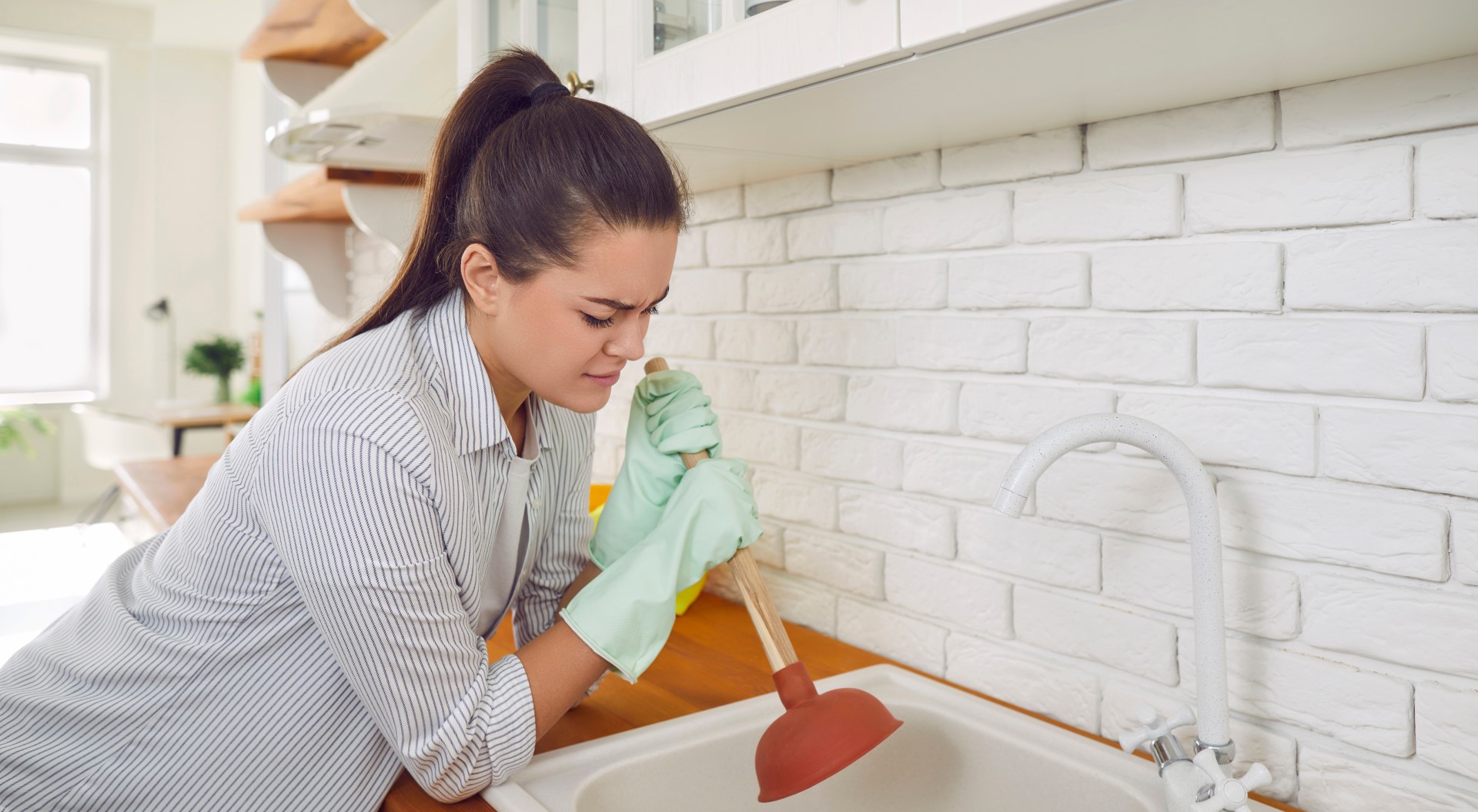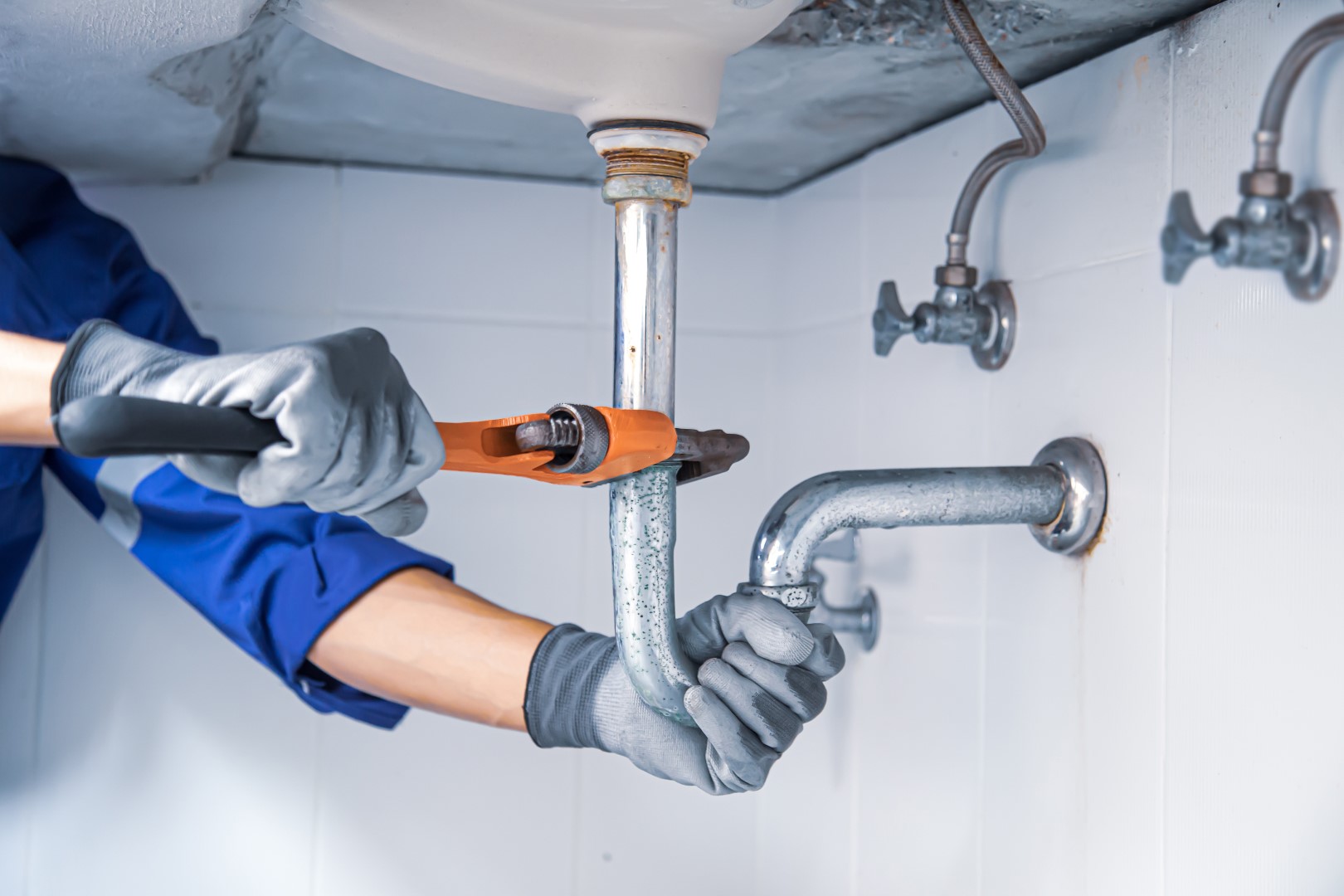What to Do If Your Outside Drain Is Blocked – HomeService.Insure
Blocked drains are unpleasant, inconvenient, and potentially costly if ignored. From foul smells to water backing up, outside drains can cause problems quickly — but with the right approach, many blockages can be cleared before they turn into bigger issues.
Here’s a step-by-step guide from HomeService.Insure to understanding outside drain blockages, fixing them safely, and knowing when to call in professional help.
Signs your outside drain is blocked
Watch out for these common red flags:
- Unpleasant odours – a bad smell around drains usually means waste isn’t flowing properly.
- Slow drainage inside – if sinks and showers take ages to empty, the problem could be outside.
- Overflowing drains – water bubbling up or spilling from outdoor drains is a clear sign of a blockage.
Why outside drains get blocked
Blockages can come from both outdoors and indoors:
Outdoor causes
- Fallen leaves, moss, or branches
- Mud and soil washing into the drain
- Litter or debris
Indoor causes
- Cooking oil, fat, and coffee grounds poured down sinks
- Sanitary items or wipes flushed down toilets
- Hair and soap residue from showers
Who is responsible for outside drains?
Responsibility depends on where the blockage is:
- Your property’s drains (e.g. kitchen gully or private pipework) → Your responsibility.
- Shared drains or public sewers → Usually your local water company.
Tip: If your neighbours have the same problem, it’s likely a shared drain and you should contact your water provider rather than trying DIY fixes.
How to unblock an outside drain yourself
If it’s confirmed to be your responsibility, and the blockage looks manageable, you can try a DIY fix.
What you’ll need:
- Protective gloves and clothing
- Drain rods (long flexible rods for clearing blockages)
- Bucket or bin bags for debris
- Screwdriver or lifting tool for the drain cover
- Hose or pressure washer for cleaning afterwards
Steps:
- Lift the drain cover carefully using tools or rope for leverage.
- Locate the blockage – remove as much as possible by hand (wear gloves and a mask).
- Use drain rods – push and twist clockwise into the blockage until it starts to break up.
- Flush through with water – use a hose or pressure washer to clear away remaining debris.
- Dispose of waste safely – bag up any solids you remove.
Alternative quick fixes for smaller blockages
- Boiling water – pour directly into the drain to dissolve grease and soap.
- Baking soda + vinegar – pour in, let it fizz for 15 minutes, then flush with hot water.
- Drain snake or DIY wire hook – useful for pulling out stubborn blockages in smaller pipes.
When to call a professional
DIY won’t always cut it. Call a plumber or drainage engineer if:
- The blockage keeps returning
- The water level doesn’t budge after rodding/jetting
- The problem seems deeper in the system
Professional drain jetting or rodding typically costs between £70–£150, while a full system clean may cost up to £200.
Preventing future drain blockages
- Fit drain covers to stop leaves and debris going down.
- Never pour fat, oil, or coffee grounds down the sink.
- Throw sanitary items, wipes, and cotton pads in the bin — not the loo.
- Blast outside drains with a hose every so often to keep them clear.
Drain protection with HomeService.Insure
Blocked drains don’t just disrupt your day — they can damage your home if left untreated. With HomeService.Insure, you get cover and quick access to trusted engineers who can clear blockages safely and effectively.
Stay worry-free, protect your drains, and let HomeService.Insure handle the mess when things back up.
HomeService.Insure Safety Disclaimer
At HomeService.Insure, we encourage safe and sensible DIY, but your safety always comes first.
- Only attempt basic checks and fixes if you feel confident.
- Stop immediately if you notice burning smells, scorch marks, leaks, or anything that looks unsafe.
- Never attempt electrical or gas repairs beyond simple resets or checks.
- For complex, repeated, or potentially dangerous problems, always call a qualified Gas Safe engineer (for heating) or a certified electrician (for electrics).
By following this guidance, you reduce risks — but professional help should always be your first choice if there’s any doubt.

